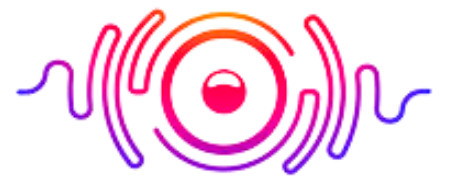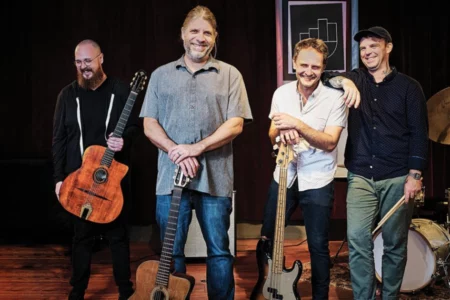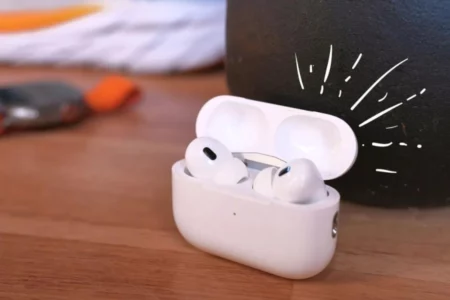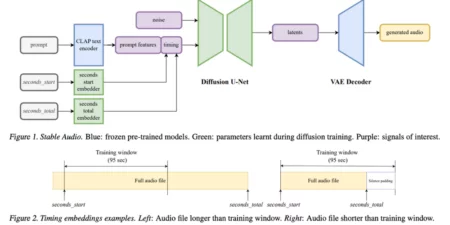You cannot call yourself a good drummer if you cannot read and write drum music and understand drum notation. To become a better drummer, you must learn how to read drum music. Playing drums and learning drum sheet music are equally important, and one comes after another. If you are a beginner drum sheet music learner, you are reading the right article.
If you can learn the drum sheet music, you can play new beats on the drum and perform songs without even hearing or practicing them before. There are different components on a drum sheet music, including; clef, drum notes, crotchets, quavers, drum fills, bars, and drum keys.
When you can play drum music without even hearing it, nothing is more magical than this. If you want to read drum music, this article contains a complete guide about reading drum notation symbols and drum sheet music. Stay tuned to learn more about this topic!
How To Read Drum Set Music?
You will have to learn the drum set tune from left to proper; the workers include 5 strains and 4 spaces. You could alternate the notes’ positions above or under the body of workers. The group of workers continues the notes and decides which part of the drum set needs to perform.

The bass drums are different in position than the snare or ride. A drummer should know how to play symbols and other notations. Some of the important components and their notation are;
A Beginner Guide: How Much Does Drum Set Cost?
How To Read Bass Drum Music?
There are distinct notations for the bass drum; those notations are gifts in the backside space of the staff. Within the drum set, the biggest drum is the bass drum, that’s well-known for producing the bottom notes.
You may use this drum set with the help of a foot pedal and contact it with a kick drum. The bass drum is also famous as the kick drum because it’s far played via an urgent pedal with the right foot. The first space at the body of workers is the first-rate bass drum beats. Some of the hard rockers also like the double bass drums, which are present on an imaginary line on the staff.
How To Read Snare Drum Music?
One of the main drums of the drum set is none other than the snare drum. You could locate its notation on the team of workers’ pinnacle, a gift within the 2D area from the pinnacle. Most of the drum beats revolve across the snare and bass drums, and then come the other components of the drum set.
The snare drum tune gets its famous snare sound from the snare wires attached to the drum’s lower head. If you are interested in playing jazz, rock, pop, and other high beats on the third line of the staff. These notes are available on the cross-sticking technique on the third line of the staff.
How To Read Drum Tabs?
The drum tab notation is easier and simpler than the drum notation. There are vertical and horizontal lines, each representing a different rhythm and pattern; you could, without difficulty, read them all in a chunk of tune in preference to the standard notes.
There are different types of drummers, and each drummer has their way of learning in different ways, whatever suits them or their best. If you are a beginner in learning drum reading, starting from reading the drum tabs will make the whole process of reading drums easier.
Learning the basics of drum reading is only possible if you start with drum tabs. You cannot say that reading drum tabs is entirely easy, there are many ups and downs of reading drub tablature, and it takes time for a drummer to read and learn this method.
How To Read Tenor Drum Music?
There are different types of tenor drums, and you will be facing five different types of tenor drums, and the drummer will have to deal with two to five different pitches while playing this, and each of these pitches will have its place on the staff, like a note on a piano.
There are 4 sets of marching drums, and 1 is the smallest. Now you can play the tenor drum easily by looking at the music sheet; the lowest drum will be indicated by the lowest on the staff, and the highest will sound like the highest.
How To Read Floor Tom Drum Music?
The floor top is at the third area from the team of workers’ top. It is also called the subsequent lowest word at the drum. Most drummers also call it floor tom as it rests on the floor using legs. There are two types of toms related to the floor tom; one is tom 1, and the other is tom 2.
These toms are present at the top of the space on the first space. When these toms are combined, they produce a much higher note, which is why they are also known as high tom. Different types of drums start with this drum, and they mostly have more than one time to make a high note when all are combined.
How to Read Ride Drum Music?
This staff component is one of the biggest drums in the whole set and serves most purposes. This trip cymbal is tapped with the end of the keep-on to help create the driving feel, placed on the pinnacle line of the group of workers.
How to Read Hi-Hat Drum Music?
Hi-Hat is the pinnacle of the staff and is the main time-retaining device. Pairs of different kinds of tunes help create unique sorts of music with the assistance of a foot pedal. Most drummers can manipulate the observation by stepping on the foot pedal, locking among the two hello-hat cymbals, and then striking them called a closed hi-hat.
Those drummers know distinct hints to conquer these drums; they can also bounce them off gently and then release the strain with the foot, referred to as an open hi-hat.
How to Read Crash 1 and Crash 2?
Because the name shows, a crash cymbal is loud and huge and is, overall great for gambling with one-of-a-kind rhythms and tunes. These crash cymbals are different in length and tone and consist of one-of-a-kind styles and sounds.
You need to play this cymbal with force, which is why it exhibits a high tone and sound; you need to play it with force to amplify the music’s dynamic movements. This note’s notation is on the top line of the staff above the hi-hat.
How to Read the Music Staff for Drums?
There are different space groups of drum music; this space can be even or odd. Music has different “measures” to organize different rhythms that help you count the songs easily. There is a time signature that helps you in making a grouping to listen to the songs.

1) Reading Time Signatures
The tune sheet indicates numbers as fractions that imply the time signatures. The top range shows the wide variety of beats to depend on, and the lower variety tells you about the form of a note that gets the beat, which includes sector notes, eighth notes, and so on. With the help of this time signature, you are measuring time greater appropriately and the distance among notes while plating.
If the guitar quarter note has a four/four-time signature, it represents one beat, which means you’re placing the drum once on every beat. Then again, a full four/four-time signature suggests four complete beats; because of this, you’re putting and playing the drums once for the 4 exclusive beats.
Extraordinary drum beats are called entire notes, half notes, region notes, 8th notes, sixteen notes, and thirty-second notes. Together with these notes, there are one-of-a-kind kinds of triplets you can play as nicely.
2) Reading Repeat Signs
Repeat sign is the same as repeating a drum pattern; you will have to replay a sound you once played before. There are different types of repeating patterns and repeating signs that will help you to understand the drum notation. Some of these repeating signs include;
Different drum parts are played in patterns; you must play them more than once or twice in a row to get the desirable musical note. When there is a repeat sign on the notation, it asks the drummer to go back to the beginning and then play the notes again.
When there is a one-bar repeat sign, it looks similar to the percentage sign. There will be two dots on each side of a diagonal line. The one-bar repeat sign indicates that the note you played previously needs to be repeated and then continue the rest of the music.
The two-bar repeat sign indicates that you must repeat the last two measures of the sound you already played and then continue to the original music. You will notice a sign of 2 on the music sheet, indicating a two-bar repeat sign.
How is Music Written for Drums?
The notes are on the workforce, and distinctive vertical bar strains indicate the music strains. There are different spaces between these bar lines; you can call them measure. You can count the beats when you are playing on the drum set.
The drum notations are similar to the music sheet; you can count and measure the music to play easily. You can learn how to examine and write the part of musical language and have a whole grip, management, and experience timing with the assistance of these drums.
You don’t need to read notes to play the drums all the time. Plenty of legendary and professional drum beaters can play the drums without reading notes as they have grip and control on their drum beating skills. Most of the time, beginners need to read the notes, or drummers playing in big gatherings can’t afford any mistakes.
There are different types of musical instruments; most people find drums as one of the hardest instruments to play. You have to use both hands and feet and focus on the notes, and then you can deliver the best and perfect performance; that is why most people call drumming hard.
When playing the drumkit, you are focusing 4 limbs together with your brain and focusing completely on the perfect delivery of the music. When all these body parts are working simultaneously, this type of brain activity increases the IQ level of your brain. That is why you can call drumming good for your brain.
This article has helped you learn all the basics and other details about how to read drum music; if you are a beginner, you can follow this guide and learn about playing the drums with the help of reading the notations. Different drum techniques and plenty of drumkit components help you learn and play notes of each. If you read this article thoroughly, you can easily learn about playing the drums by reading the notes. This article can greatly help beginners or instructors who want to teach their students about playing and reading drums. If learning music is your passion and you can feel the rhythm and then understand the strokes, you can also play the notes without looking at the notes. This article is capable of helping you in learning one of the toughest skills and instruments among different musical instruments. Try using the method mentioned above to read the drum music. If you are confused, you may need to rake some help from experts and play some drum games to excel in this musical instrument.
Conclusion





